Berlin Film Festival 2016: Kiki: An interview with Sara Jordeno, Christopher Waldorf and Gia Marie Love
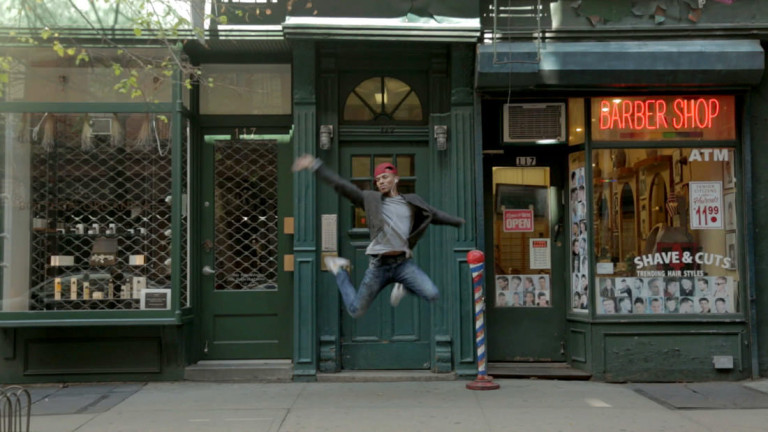
Kiki is the latest documentary from Swedish director Sara Jordenö that focuses on LGBTQ youth of colour involved in the New York ballroom scene. The film received critical acclaim at the Sundance Film Festival this year, offering a compelling insight into a stunning dance movement as well as the issues faced by marginalised youth navigating through a complex political landscape. We caught up with Sara and two key members of the Kiki community, Christopher Waldorf and Gia Marie Love, during the Berlin Film Festival to discuss how ballroom is not just a dance, but a process of healing and political intervention, as well as the film’s contribution to the long-overdue recognition of LGBTQ movements within American history.
Sara, you are often asked how you discovered the Kiki scene and your response is that you didn’t look for Kiki, it found you – did you know much about the scene before you got involved, or did you learn as you went along?
Sara Jordenö: It was a very intense learning experience, on many different levels. I used to say that this is the film that made me a New Yorker, because it made me understand the city and the people that live there, so I know it in a different way now. Originally I knew about ballroom through Judith Butler and through Queer Theory. The Kiki scene is quite new, roughly 11 years old, and I associated ballroom with the 80s, so it was very intense. And I’m still learning, it’s an ongoing process
The scene must be constantly changing as well?
SJ: It’s more about really understanding the conditions that people live under and what that really means. We see a lot of experiences that I don’t share, that I don’t have to worry about. I’ve never been stopped and frisked by the police in New York. I pass as straight – it’s annoying but it’s true – so I don’t have to face this kind of systemic oppression or prejudice. Twiggy and the other people in the film have been very kind to educate me.
One of the main elements highlighted in the film was the great sense of community and belonging. Each house seemed so inviting, and you were allowed into intimate spaces, like the memorial service for one of the members of the community. How were you welcomed, did it take a long time to establish trust and get to know everyone over the four years of filming?
SJ: I was welcomed because Twiggy welcomed me – so by association. Gia and Chris can talk about that because they know really from that perspective. People were like: “Ok, so, she’s with Twiggy so it’s all right,” but there was still like “who is this? Who is this white Swedish woman?” [laughs].
Christopher Waldorf: Yeah: “What does she want from us, what is she doing?”
SJ: And also Chi Chi didn’t understand I was Queer at first, so he was like “Why would she be interested in us?” Twiggy said “No, no she’s Queer!”. There’s this ideology in the scene that you find your place and you contribute. I feel like people are usually finding their roles, so I had to find mine too. I mean this is what I do, I am a filmmaker this is my medium, and people started seeing. But it really changed when Twiggy and I organised this ball you see in the film, the Reincarnation of Rocking Palace; that was a huge ice-breaker, people were like “Oh, ok you contribute, you threw a ball”. So that was a big moment where I started having conversations a lot more, and people started contacting me, not via Twiggy, but they were reaching out and getting to know me more.
There’s one part in the film where it’s asked “Where’s our place written in history?” – what were your hopes for the film? Do you hope it will spark serious political change, or are you happy just to have your story recorded and be more visible in the mainstream sphere?
CW: Yeah Twiggy was the one who said that; he was basically saying when you look back at things, say for instance with me growing up being young and coming to terms with my sexuality, there was nothing for me to look at, and I wasn’t able to read up on gay people or know what “gay” is. I mean I knew I liked boys, but I didn’t know anything further than that, so there was nothing there to guide me until I found ballroom, and it was kind of a guidance for me. And now other people will have that, hopefully, after seeing this film and other stuff, and can move forward. So everyone won’t be lost. There are also instances where people are lost and not as strong as everyone else, and they want to commit suicide or hurt themselves, thinking “What is wrong with me?”. There’s no guidance there for them to look forward and be like “Oh there’s nothing wrong, everything’s ok.”
Gia Marie Love: For me, when I was in school, we didn’t learn about LGBT history in classes, which is a major part of our history in America, as well as around the world. In American history, a lot of times when LGBT people would try to join movements, they were shut out. So if I was gay and black, and if I wanted to march and be at the forefront of that movement, my history as a part of the movement wasn’t told. LGBTQ people have a vast history, that’s not just Stonewall. And I think this film opens up the conversation about why we need to tell LGBTQ stories on a mass level. If we are interested in history in general, we need to be interested in LGBT history because it’s part of humanity, right? And one of the goals of the film is to have a political conversation about oppression, and ballroom as an intervention of healing, because that’s what it is.
SJ: The film provides a lot of positive role models. That’s very important but it’s not just about that. There are several audiences for the film: people in the mainstream who are not LGBTQ or just don’t know about ballroom. There’s a lot of people that say “I don’t know what it is,” and I’m like “You do know.” Ballroom is in mainstream, it’s just been separated from its political and social origins, and I find that to be a little offensive. If they say “Oh it’s just this fun dance,” well it is pleasurable and it is impressive, and should be admired as a major artistic performative art form.
But representation in films can be a matter of life and death. If you don’t see your story told it’s like you’re not part of society, you’re not valued. So then they ask: does the mainstream not care about these people? They don’t want to hear these stories of people in the world. It needs to be part of the mainstream storytelling too, the world just doesn’t consist of white cis males. That’s not true. But you see the representation and the types of films that are made. This is a character-driven coming-of-age film. How many coming-of-age films have you seen about young, white, cis males? We’ve seen a lot of films right? So isn’t it time we see a film that is also about a different experience, because the truth is they’re not in the majority. I feel like, why do they dominate so much? It’s time to change.
I have a lot of hope, though, for representation because it’s getting harder and harder for that story to dominate so much. It’s like it’s met with resistance. So it’s not just about making films to make our community feel better, our community needs to be in the world and not just hidden away in some low-quality theatre, it needs to be out in the big theatres. That’s why I keep saying that it’s a big film, and why we need to redefine what is considered a “big coming of age story,” and which activists should get recognition for their activist work
How would you feel if voguing was appropriated and became mainstream, completely divorced from its political origins? I even read an article this morning that claimed Madonna invented it.
CW: Sara, you said that people see ballroom but it’s just certain parts of it. People pick a part that they want, like “Oh we want to take the dance and leave all the issues,” and then just show everyone the dance. So they see the dance but they don’t know where it came from, and the background behind everything within the ballroom. So they’ll see the dance, and like all different types of dancing it makes them happy and excited, but it’s been taken away from the place it came from.
GML: Speaking a little bit on a different topic about that, the biggest category that most people do in the ballroom is voguing, but I will say it’s not the biggest category. The biggest category for me is Fem Queen Face, and that’s when Trans women walk like a beauty contest, or a pageant if you will. With a gown, the evening gown. And like he said, we take what we want and we showcase it, but people don’t always address the issues of the community. We bring people to other countries to teach vogue, and to spread it around the world, but then that person might return to New York and is homeless, which happens a lot. And so there needs to be a mutual relationship between inviting people into your community and giving people the rights and respect to showcase their art around the world, because ballroom is very inviting and I feel that anyone could be a part of it because it’s for everyone, especially as an intervention of finding yourself. But to say Madonna created vogue is really harsh because people were doing it way before.
CW: It’s almost like a slap in the face.
GML: I understand that sometimes in this world we put people at the forefront of things, and say some people don’t deserve the right, but we need to stop doing that, so I feel this film opens up the door for that conversation.
Sara, now that you’ve finished filming, do you plan to stay in touch and maybe do a follow-up film in the future?
SJ: Oh I’m not going anywhere. It’s been very difficult to leave the filmmaking process, but it’s too early to say. There should be many other films, but I’m not sure if I should be involved with all of them! There should be fiction films too. Right now, this film has entered this journey and we have a lot of work to do, so I’m just focused on that. It’s opened an interesting conversation and we need to follow up on those questions.
Chris and Gia, did you ever imagine that you’d have such an opportunity to travel and show the world Kiki? And has the film changed the community?
GML: There have been many different pieces of work about the ballroom community that have stayed true to ballroom. You know, we have grown, but we’ve stayed true. It’s always been my dream to travel and have my voice heard on an international level, and I’m so happy it was through Kiki, but I think it would have been done anyway.
SJ: Yes I have no doubt.
GML: People are still in New York City doing their thing, and I think that’s the interesting piece about it and speaks to why we need more recognition, because people are still struggling. Ballroom needs to be everywhere, everywhere as an intervention, not just as a dance, as a healing process, as it is for us.
If I go to California they treat me like family, it really is like a house, these are my family and I feel creating these networks around the world is important, not just for the dancing side of it, because that loses the history and takes away the meaning of ballroom and what it stands for as a political statement. I personally don’t vogue, I mean, I know how but that’s not my thing in ballroom. Sara talked about the change and finding where you fit, and so I have taken on many roles, although I don’t walk balls right now, I’m still part of ballroom – I don’t have to vogue at a ball to be a part of it. These are my family.
So does the family extend beyond the ballroom?
CW: Yes. For instance, we see this in the film, with Zariya and Chi Chi. Something happened during the film and she [Zariya] didn’t know what to do. So when she had to leave her home she went straight to Chi Chi’s to find help from him because he’s like her mother. So yes it’s more than just ballroom. When Twiggy became my mother and when I was a little younger I was just running around, I didn’t have a job and didn’t know what I was doing with myself, so Twiggy would call me and be like “Go apply for a job, get it together.”
And finally, is there a big ballroom scene in Berlin, and will you visit them while you’re here?
GML: There is a scene in Berlin, and they have Kiki houses here: the House of Ego and the House of Shade. I don’t know if it’s modeled after the way we modeled ours because we don’t have those houses in New York, but we’re going to watch them perform tonight.
SJ: And our composer Mike Q, part of the Qween Beat collective, tours internationally and has been here a lot and has a large fan base here in Berlin too.
Jayne Rosanna Phillips
Read our review of Kiki here.
Read more of our reviews and interviews from the festival here.
For further information about Berlin Film Festival 2016 visit here.

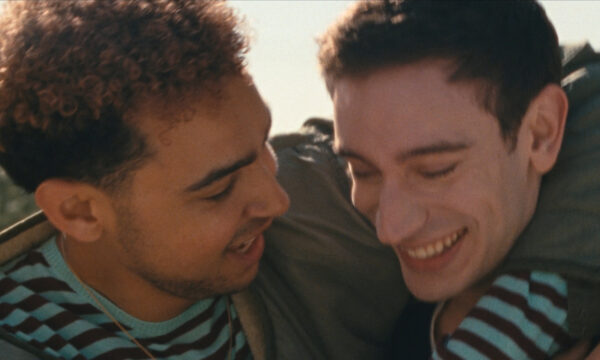
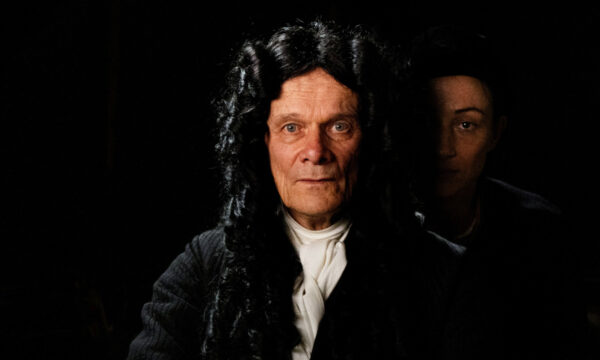
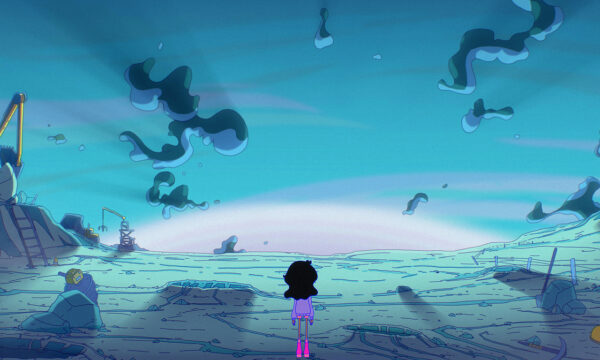
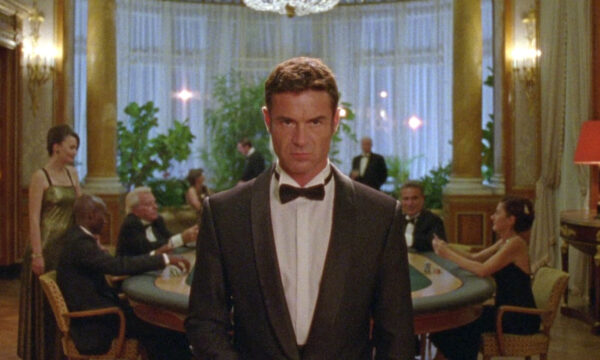
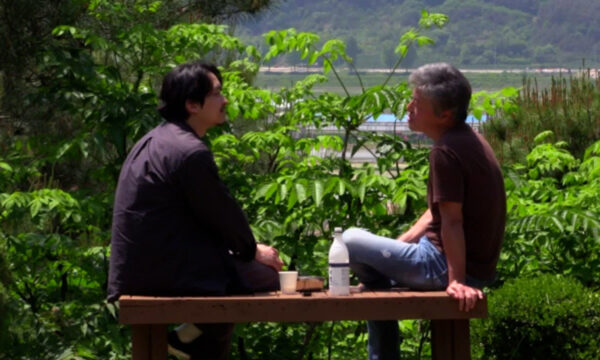
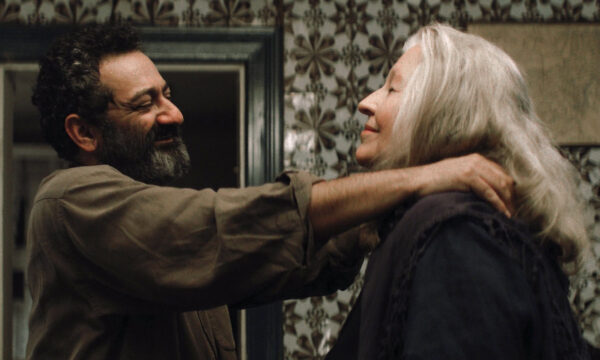
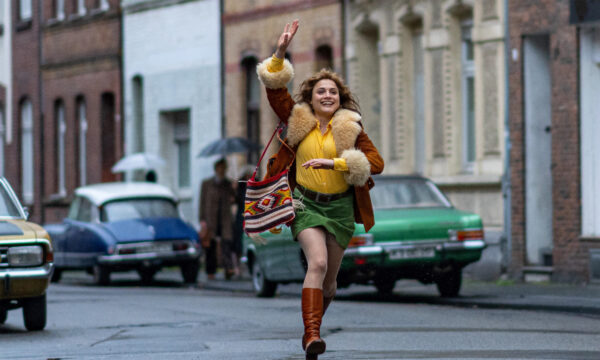
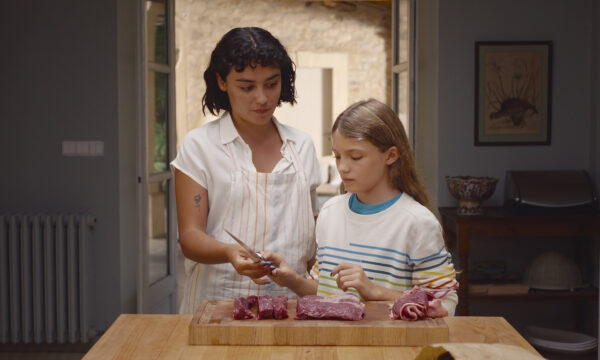
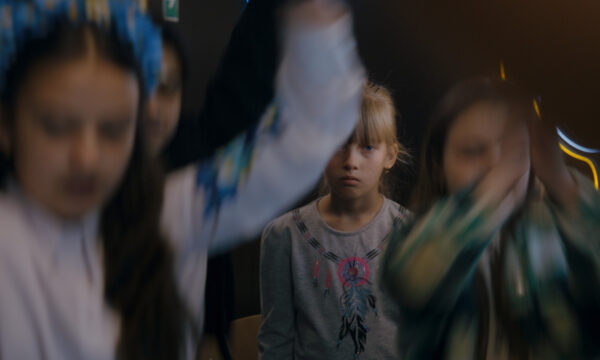
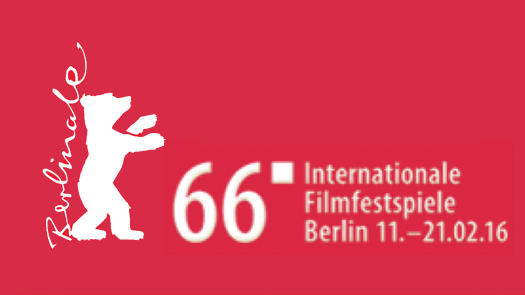















Facebook
Twitter
Instagram
YouTube
RSS